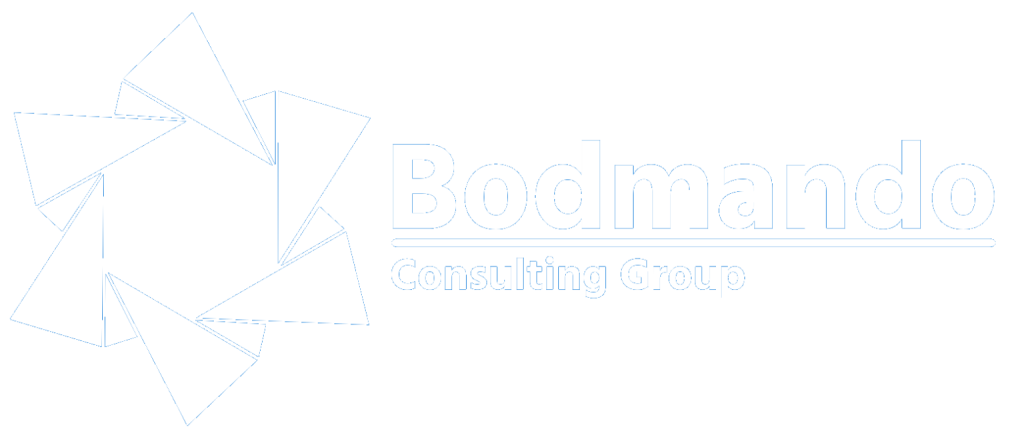Consulting Models
Consulting Models Women Empowerment A look at Consulting models: What model should I choose? The field of consulting is one of technical aptitude and consultants are called upon by different organizations and clients to contribute towards problem solving. However questions remain on the approaches taken by consultants including their significance in promoting an effective collaboration that leads to client satisfaction. A number of consulting models have been developed to shape the process of engagement and yet they are faced by various pros and cons. So the question is what works and what does not work. Bodmando Consulting group reflects on this in much more detail as indicated below. Four primary models of business consulting have been theorized and they include; Expert, Doctor, Process Consultation and Emergent models. These have been reckoned to be a vein through which technical expertise is channeled to create impact. When purchasing consulting advice, it is recommended that organization leaders articulate the implication of a consultant’s principle model of workmanship. The implication of this is that it enables informed decision making on the engagement principles and how likely that they will lead to the intended objectives in a coherent and desirable operational framework (Thunderbird School of Global Management, 2018) Women Empowerment Three Models of Business Consulting The four primary models utilized by consulting firms are the: Expert, Doctor-Patient, Process Consultation and Emergent models. Each one of these has a set of overarching principles and can be relevant under certain conditions. Consultants can adapt each model to suit the context of the assignment and there is no one size fits all approach in the execution consulting engagements. However, it is noted that many consultants have used the expert or doctor-patient role. We describe each one of them in the following narrative. Expert Model: Here, the client mostly defines the problem and the consultant impends the solution. The consultant offers a service that the client is both requesting and unable to provide for him/herself. The level of interaction between the client and consultant is medium. There are important assumptions in this model. Has the client accurately identified their own needs? Have they considered the consequences of expert data collection and recommendation on organizational change? This model puts great power into the hands of the consultant. This model is appropriate only when clients can determine their needs and consultant capabilities correctly, can communicate their needs to the consultant, and can support (or can pay to support) the outcomes once the initial consultancy is over(Carnegie Mellon University, n.d.). Doctor-Patient Model: The consultant is hired to diagnose a problem and administer remedial treatment. In other words, the client presents symptoms of the problem, but the doctor must also gain a deeper understanding of the problem. Fundamentally, this model assumes that an outsider can diagnose a problem, and issue an effective remedy. This model places even more power and dependence into a consultant’s hands. The level of interaction between the client and consultant is high. It is appropriate only when the client is experiencing clear symptoms, knows where the sick areas are, is willing to allow the consultant to intervene and is willing to become dependent on the consultant for both diagnosis and implementation. Process Consultation model: Process consultation is defined as a series of steps facilitated by the consultant that help the client to perceive, understand, and act upon the issues that occur in the client’s environment(s) in order to improve the situation as defined by the client.” (Edgar H. Schein, 1987). The consultant endeavors to increase the client’s capacity to learn and to fix problems, today, tomorrow and in the future. The client sometimes presents symptoms of the problem, but more often presents a possible solution from which the underlying problem must be investigated and the consultant works with the client to arrive at a mutually understood solution. This model is appropriate when the client is motivated to work on improvements on an ongoing basis and wants to develop greater capacity for change within their own organization. The Emergent Approach: A critical distinction between the ‘process approach’ and an ‘emergent approach’ is that the former is generally focused on ‘solving a problem’, as well as focused to the past-to-future state. Whereas, an ‘emergent model’ is focused on an open, evolving process of unfolding discovery and shaping that discovery on an ongoing basis in present real-time. Emergent change has two elements worth noting; chaos theory and complex adaptive systems. Chaos theory studies the behavior of dynamic systems highly sensitive to initial conditions, which is popularly referred to as the butterfly effect. Small differences in initial conditions are said to yield widely diverging outcomes for chaotic systems, rendering long-term prediction impossible in general. This happens even though these systems are deterministic. Complex Adaptive Systemsstate that out of complexity, emerges simplicity from form. They are thought of as ever adapting networks influenced by internal and external factors systemically and constantly evolving in dynamic, chaotic and interlaced environments (Trottier, 2012). Women Empowerment What model should I choose? The above are the four models of consulting. What is important to note is that each model has a different degree of influence to create ownership, readiness and effective engagement. Only process consultation is noted to hold high capability for future self-development, as it is highly networked, and more ownership and accountability oriented. As an organizational leader, it is necessary to ask consultants on their principles of engagement to ensure value for your organization. Women Empowerment References Carnegie Mellon University. (n.d.). ASSUMPTIONS/PREMISES UNDERLYING DIFFERENT MODELS OF CONSULTING. Thunderbird School of Global Management. (2018). Which Model of Business Consulting is Best Suited for Your Organization? https://thunderbird.asu.edu/thought-leadership/insights/which-model-business-consulting-best-suited-your-organization Trottier, P. A. (2012, June 14). The Four Basic Approaches to Consultation – Working With People and Organizations. The Institute Of Emergent Organizational Development and Emergent Change®. https://emergentchange.net/2012/06/13/approaches-to-consultation-the-four-basic-models/


